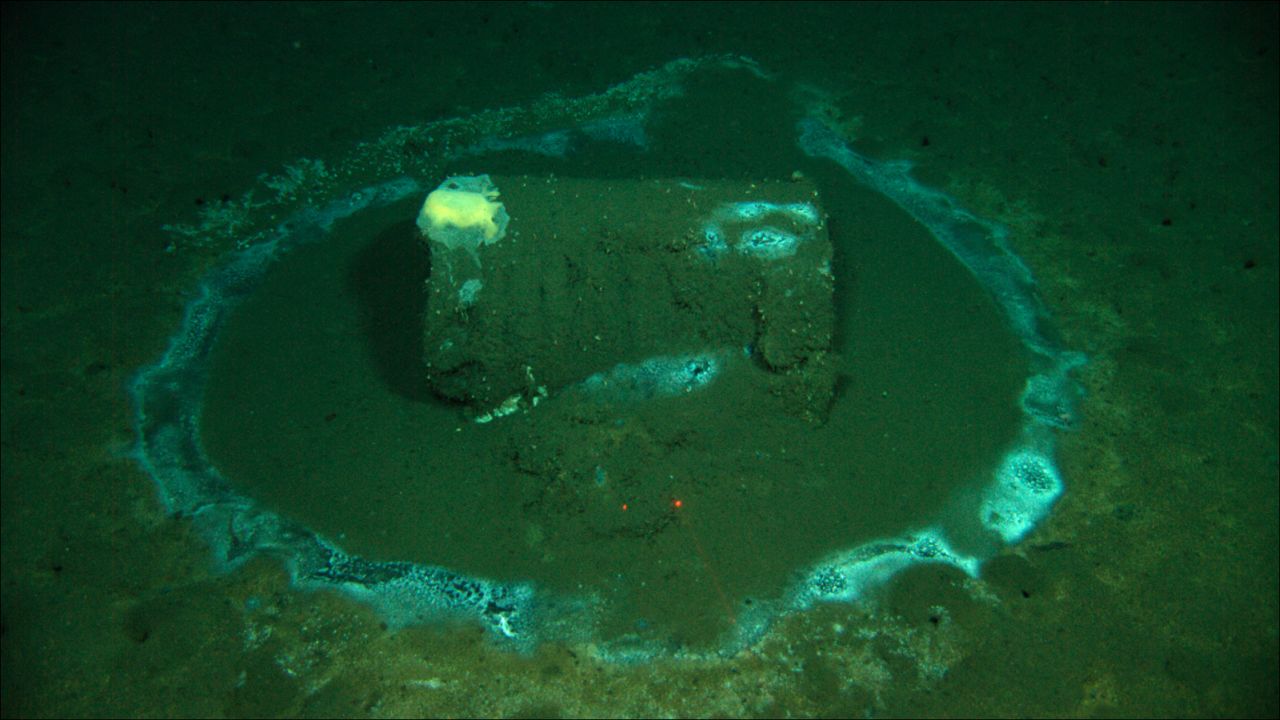LOS ANGELES (CNS) — Los Angeles County Supervisors Tuesday voted to press the Environmental Protection Agency to expedite cleanup of an estimated 27,000 barrels of toxic chemical DDT waste 12 miles out to sea from Palos Verdes toward Santa Catalina Island.
Supervisor Janice Hahn recommended sending a letter to EPA Administrator Michael Regan urging him to do an assessment and move quickly on the cleanup.
"This is such an appalling discovery," Hahn said. "It's an alarming situation for all of our natural resources ... DDT is notorious for harming wildlife, including falcons, eagles and fish."
A deep-sea mission to map the number of DDT waste barrels dumped decades ago found containers spread over the sea floor. The work was led by UC San Diego's Scripps Institution of Oceanography and the National Oceanic Atmospheric Administration.
Sonar imaging of the area shows vast trails of debris extending across an area the size of San Francisco.
The findings came after the Los Angeles Times reported last fall that the nation's largest DDT manufacturer once dumped its waste into the deep ocean.
According to Hahn's motion, historical shipping logs show that the Montrose Chemical Corporation dumped more than 2,000 barrels of DDT-contaminated sludge into the ocean off the California coast near Palos Verde monthly.
In 1989, that area — dubbed the Palos Verdes Shelf — was declared a Superfund site and a deal was struck for cleanup that Hahn said is still ongoing.
A professor of marine biology from Cal State Long Beach told the board during public comment Tuesday that the new contamination site bears careful assessment before any cleanup because the conditions are markedly different than what exists closer to the coast.
The discharge near Palos Verdes came from a wastewater treatment and spread through the ocean sediment, which allowed the DDT to slowly metabolize over the years, Chris Lowe said.
"So we're seeing less of that in marine organisms that use the near-shore waters," Lowe explained. "The concern with the deep site is that now we have barrels that are merged with the sea floor creating habitat and that may actually attract animals. With the recovery of seals, sea lions, sharks and whales off California for the last 30 years, many of these animals are capable of diving to those depths and feeding off organisms that may aggregate at this site."
That could bring contaminants up to the surface to near-shore waters where they could affect people, the professor said.
Sen. Dianne Feinstein highlighted the findings of the deep-sea mapping last week after a briefing with Scripps and scientists from UC Santa Barbara and San Diego State University.
"The expedition's findings confirm fears that a large number of barrels containing DDT-laced industrial waste were dumped off the coast of California and are now impacting marine life and potentially public health," Feinstein said.
"This expedition looked at just one of more than 10 total dump sites," Feinstein said at the time. "Within the 36,000 acres examined, more than 25,000 barrels were identified, with tens of thousands of additional debris objects that could be more barrels. This is a massive and potentially very dangerous problem."
The depth of the ocean floor makes cleanup daunting.
"Simply put, this is one of the biggest environmental threats on the West Coast," the Democratic senator said. "It's also one of the most challenging because these barrels are 3,000 feet below the ocean's surface and there aren't many records of who did the dumping, where exactly it occurred or how many barrels were dumped."
Feinstein said last week that the information gathered by scientists on the research vessel Sally Ride "is critical to finding a solution to this serious problem. But it's just a first step, and I will be following up to ensure that additional research is conducted to determine the best way to address the problem."
DDT was developed as an insecticide in the 1940s. Regulatory action to limit its use began as early as the late 1950s and the EPA ordered a ban on most uses in 1972. The agency has been working to limit its use internationally since 1996.
